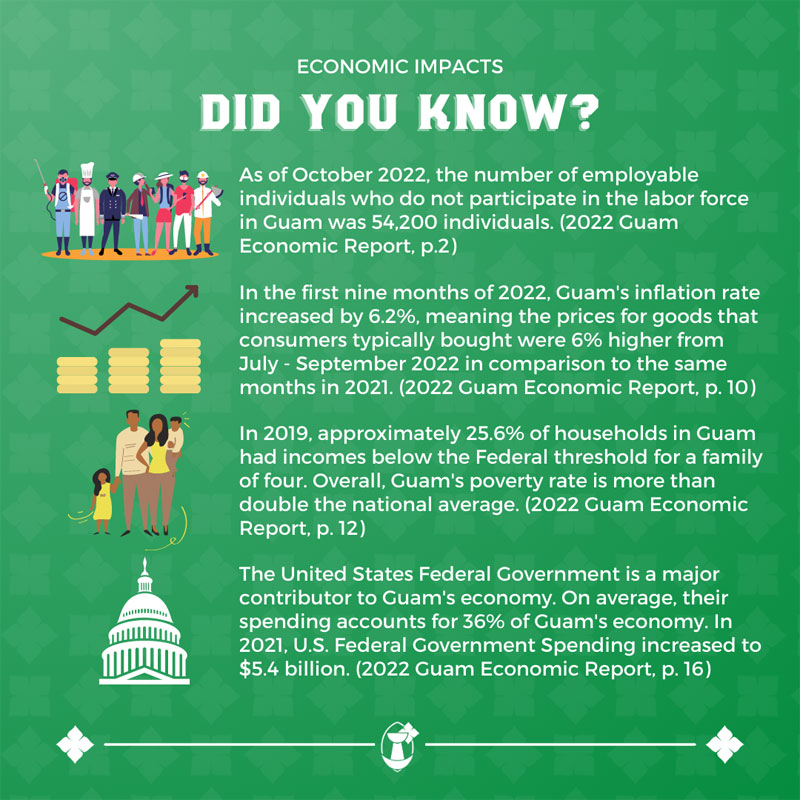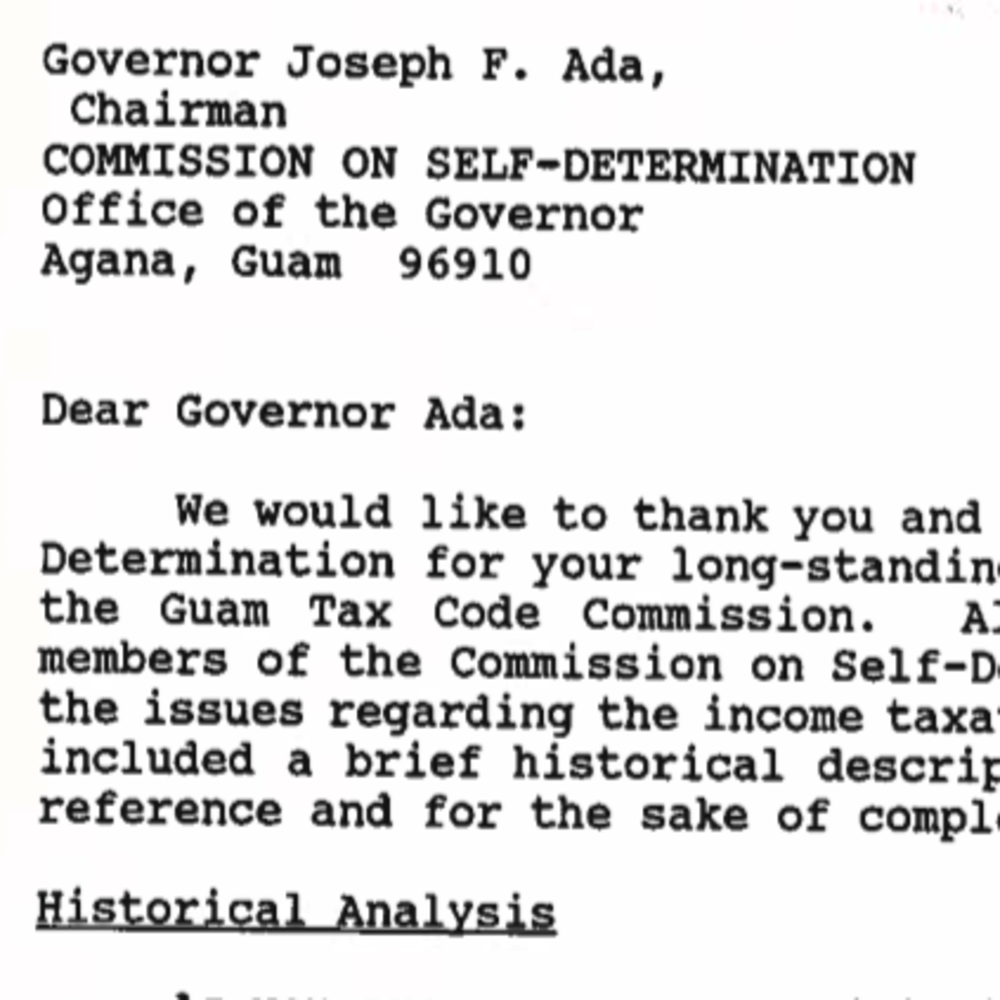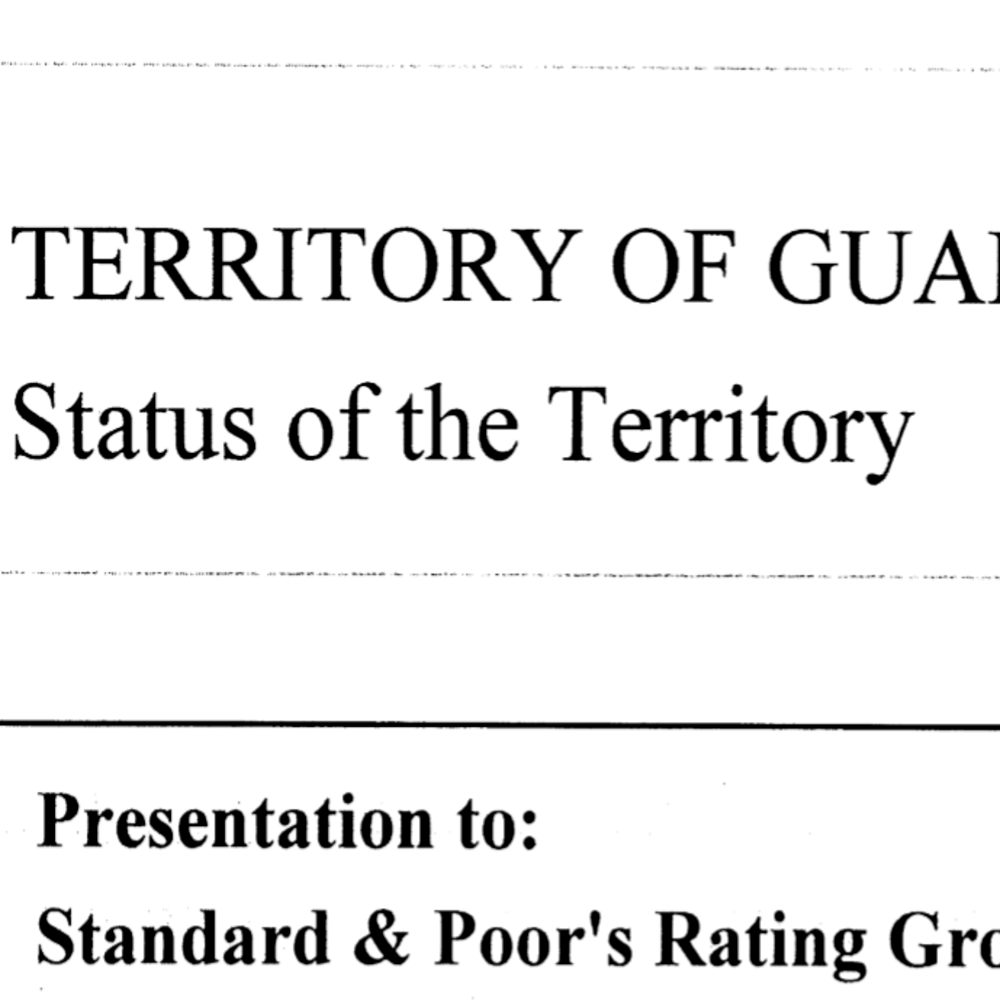Giha Mo'na Economic Impacts
The economic impact of any decision or newly implemented policy in Guam made by the government can be measured by employment rates, income, revenue and spending.
As a territory, the Government of Guam has no control over which U.S. federal mandates apply to Guam. For example, the Jones Act which was implemented in 1920 to regulate and maintain U.S. commerce also applies to Guam resulting in added shipping costs for imported goods.
About Economic Impact in Guam
The territory of Guam has no control over foreign trade and investment and is bound by U.S. federal laws and regulations on commerce. This limits the options available for economic expansion and diversification making Guam heavily dependent on its only industry—tourism. The 1.5 million tourists that visit Guam each year contribute to a significant portion of revenues; however, Guam’s economy cannot thrive on just one industry whose market depends on the health of another country’s economy.
Did You Know
FURTHER READINGS ON ECONOMIC IMPACT IN GUAM




